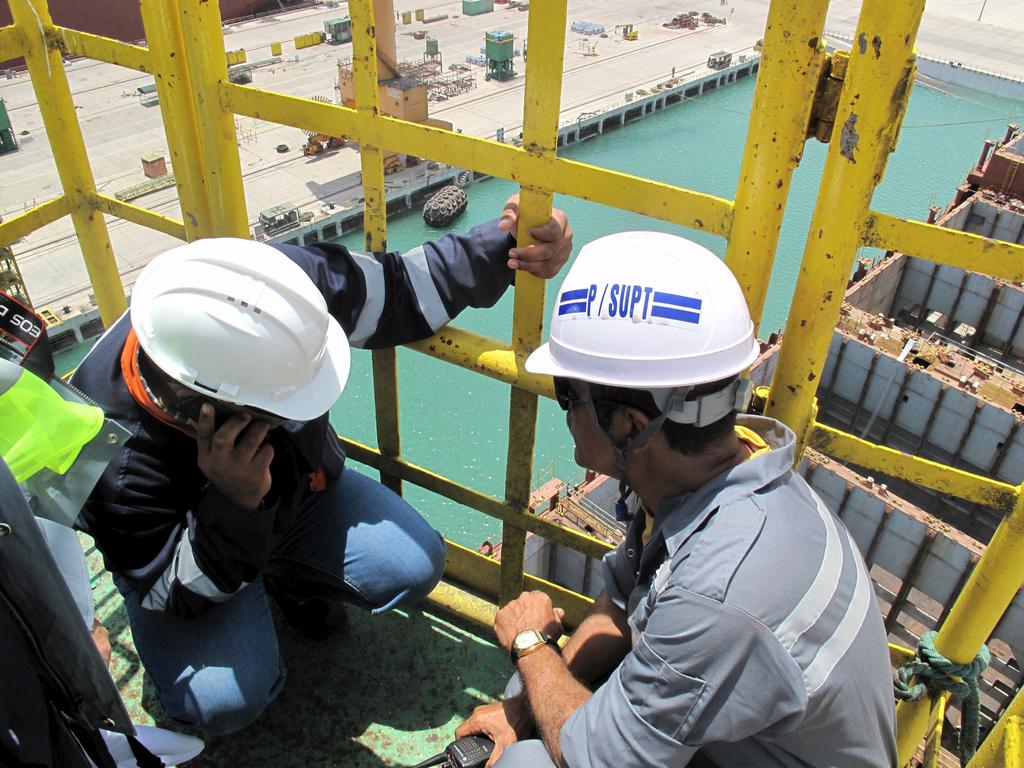Oman has been urged to prioritize economic reforms that promote private sector development, productivity and competitiveness after overall real GDP growth turned negative in 2017 because of a significant contraction of oil output.
The International Monetary Fund said further economic diversification, and job creation for nationals are paramount as is aligning public sector wages and benefits from the private sector, Arabian Business reported.
It added that the government is undertaking further reforms to raise non-hydrocarbon revenue, such as introducing value-added and excise taxes, and intends to continue with spending restraint. This would bring the deficit to below 4% of GDP in the next two years.
The recommendations follow the visit of an IMF team to Muscat earlier this month to hold the 2018 Article IV consultation discussions with Oman.
Directors said non-hydrocarbon economic growth is estimated to have picked up modestly in 2017 to about 2%, from 1.5% in 2016, as higher confidence in the wake of the rebound in oil prices helped offset the impact from fiscal consolidation on economic activity.
However, overall real GDP growth turned negative (-0.3%) because of a significant contraction of oil output (-2.8%) due to the implementation of the OPEC+ agreement.
The government’s diversification efforts and the planned completion of major infrastructure projects are expected to gradually raise non-hydrocarbon growth to about 4% over the medium term, they added.
Preliminary budget execution data points to a significant improvement in the fiscal position last year, with the overall deficit down to around 12.8% of GDP from 21% of GDP in 2016. However, budget implementation proved challenging, with some spending overruns and tax revenue underperformance compared to the budget.
The IMF said the banking sector appears sound, with banks featuring high capitalization, low non-performing loans, and strong liquidity buffers. Although private sector credit growth has moderated, and interest rates are likely to increase with US monetary policy tightening further, credit growth is expected to remain healthy.
Gross reserves of the Central Bank of Oman decreased by about $4 billion in 2017 to $16 billion, the IMF noted, adding that the exchange rate peg to the US dollar is appropriate considering the current structure of the economy.
Meanwhile, S&P Global Ratings affirmed Oman’s BB/B foreign and local currency credit rating and said the outlook was stable due to an expectation that the economy’s performance will improve amid stable oil production and growth in the non-oil economy.


